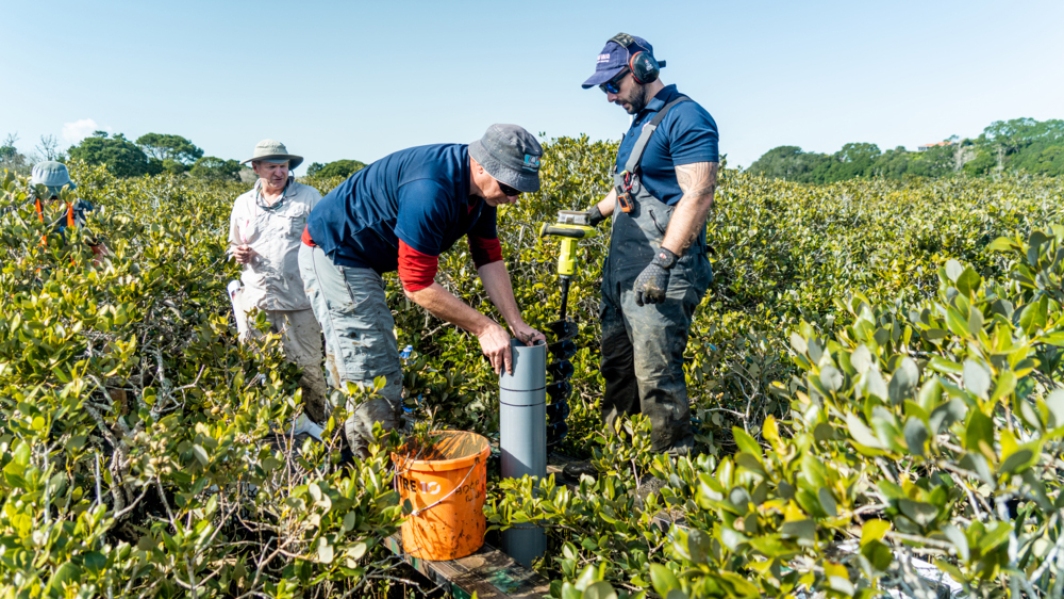-

Intermediate - Rhythmic bar and beach
Rhythmic bar and beach are high energy beaches that consist of a rhythmic (undulating) bar, trough and beach. -

Intermediate - Longshore bar and trough
Longshore bar and trough beaches consist of a shore parallel bar separated from the beach by a deep trough. -

Reflective
Reflective beaches have the lowest wave energy of the wave-dominated beaches (breakers 0-1 m high). -

Coast Care
Coast Care provides an opportunity for local communities to get involved in the management and protection of their local coastal area and address environmental issues with their beaches. -

Beach profile monitoring
Beach profile monitoring is usually undertaken as survey transects running shore normal from the dune to the low water mark. It provides information that can be used to assess whether a shoreline is eroding or accreting. -

Coastal types
The coastal type classification describes the coast in terms of exposure, the type of foreshore sediment, inland and coastal geography. -

NIWA survey reveals deep water canyons off Otago coast
News article23 August 2012NIWA's has mapped the seabed off the coast of Otago, revealing the structure of nine canyons in the Great South Basin. This survey is providing new information about geological processes in the region as well as clues to what types of life might exist on the seafloor. -

NIWA seafloor mapping of Auckland’s doorstep
News article20 August 2012 -

NIWA spies discover big birds take midwinter holidays
News article10 August 2012 -

Coastal and oceanic dispersal modelling
Research ProjectUnderstanding how material released into the ocean spreads is very important in the case of oil spills, sediment transport and the release of invasive species. -

2012 - Secrets of the orange roughy
News article19 July 2012Moored underwater cameras have exposed the secret lives of orange roughy nearly 900 metres below the ocean surface.

